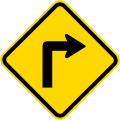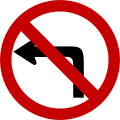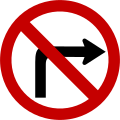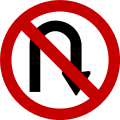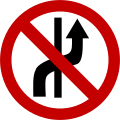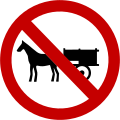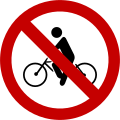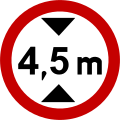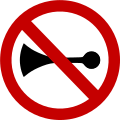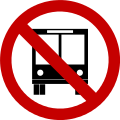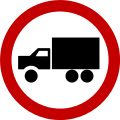This article needs additional citations for verification .(April 2021) |
Like many South American countries, road signs in Brazil are strongly based on the US MUTCD standard, but with text in Portuguese. The regulatory, prohibitory and mandatory signs are all of them white circular with red borders, with the exception of the stop and the yield sign. The warning signs are yellow diamonds (or orange when used on road works). Units are expressed in compliance with the International System of Units.
Contents
- Warning signs
- Regulatory signs
- Educational signs
- Other signs
- Retired signs
- 1941 road signs
- 1968 road signs
- References
- External links
Brazil signed the Vienna Convention on Road Signs and Signals on November 8, 1968, but has yet to fully ratify it. [1]

